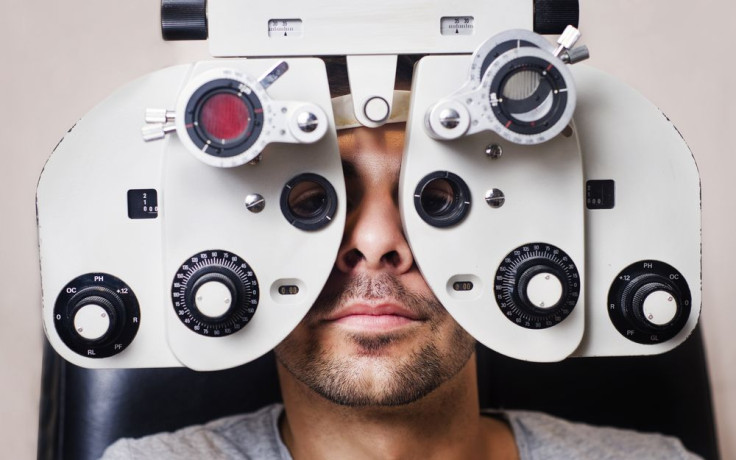Diabetes Pill May Lower Risk Of Eye Disease In Elderly

(Reuters Health) - Metformin, a pill that lowers blood sugar in people with diabetes, might also reduce their risk of developing glaucoma, an eye disease that can lead to vision loss and blindness, a new study suggests.
While the results can’t prove the drug prevents glaucoma, researchers found that diabetics taking higher doses of metformin were less likely to develop the eye disease than those who used smaller doses or didn’t take the pill at all.
Because metformin has worse side effects at higher doses, more research is needed to better understand whether patients might benefit from taking more medicine just to ward off glaucoma, said senior study author Julia Richards, director of the glaucoma research center at the University of Michigan in Ann Arbor
“Our hope is that if we can confirm the findings in diabetics, who clearly benefit from metformin for their diabetes, additional studies can be performed among persons without diabetes.”
Globally, about one in 10 adults have diabetes, according to the World Health Organization.
Most of these people have type 2 diabetes, which is associated with obesity and aging and occurs when the body can’t make or use enough of the hormone insulin to convert blood sugar into energy. Metformin lowers blood sugar by preventing the liver from making excess glucose and by making muscle and fat cells better at using available insulin.
Glaucoma is group of eye conditions that can damage the optic nerve, typically because pressure builds up inside the eye. The current study focused on the most common variation, known as open-angle glaucoma, which starts with gradual loss of peripheral vision.
Richards and colleagues reviewed a database with a decade of health claims and prescription data for 40 million patients. They focused their analysis on a subset of about 150,000 people with diabetes who also had multiple eye exams to screen for glaucoma.
At the start of the study period in 2001, all of the patients were at least 40 years old and roughly half were 55 or older. Most of them were white.
Over the course of the study, about 6,000 people, or 4 percent of participants, developed glaucoma. Patients over age 65 were three times more likely to be diagnosed with glaucoma than the youngest participants, aged 40 to 45.
After adjusting for age and other variables, the researchers found that people who took the equivalent of more than 1.5 grams of metformin a day for two years were 25 percent less likely to develop glaucoma.
Many diabetics are initially prescribed 1 gram a day or less of metformin and monitored for side effects such as cramping, diarrhea or drowsiness as well as rarer, but more serious complications like seizures, chest pain and depression. If patients don’t have side effects, their dose might gradually be increased to about 2 to 2.5 grams a day.
Lower doses of the drug also appeared to reduce the risk of glaucoma, but not enough to rule out the possibility that this was due to chance.
Because the study reviewed insurance claims instead of randomly assigning some people to take the drug while another group got no treatment, the findings can’t prove metformin prevents glaucoma, the authors acknowledge in the journal JAMA Ophthalmology.
“The findings are intriguing, though it is still too early to recommend that diabetics be given higher doses of metformin based on the study,” said Dr. Pradeep Ramulu, a researcher at the Wilmer Eye Institute at Johns Hopkins Medicine in Baltimore.
Since such a small percentage of people developed glaucoma over 10 years, Ramulu also noted that “the benefit of metformin is limited to the extent that it is lowering the risk of a rare event.”
(Reporting by Lisa Rapaport)



























